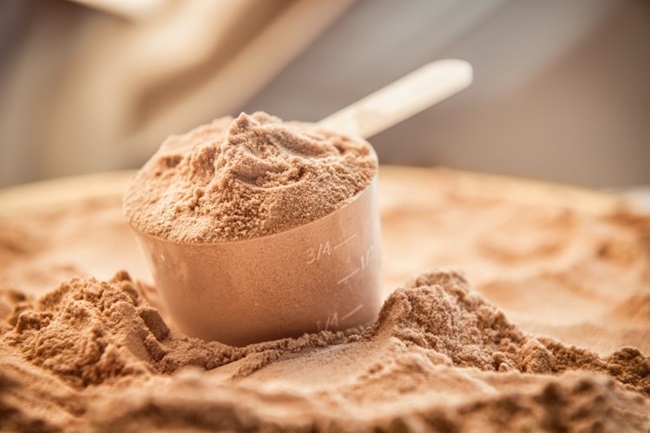Whey protein is one of the most recommended proteins in the world. Multiple studies have shown that whey protein has a huge range of amino acids that are quickly absorbed in the body. In the following article, we will explore the many benefits of whey protein that you’re putting in your protein shaker bottles, its types, and its side effects. Adding to these, we have also included some nutrition facts about it. Scroll down.
What is Whey Protein?
Whey protein is available as a powder, made by drying the liquid left after the cheese-making process, with 4–6 grams of protein per litre. Tryptophan, lysine, and sulfur amino acids are present in it, which provide whey with high nutritional value and good functional qualities.
How Does Whey Protein Increase Your Protein Intake?
In recent years, whey protein has grown in popularity. It is one of the most popular protein supplements due to its ability to increase protein intake. Numerous studies suggest that whey protein helps with weight management as well as building muscle and strength. It is an excellent way to get additional protein throughout the day.
One easy protein to incorporate into your diet is whey protein. Once absorbed, the protein in these powders breaks down into amino acids, which can support muscular building. Whey is a useful substitute since it absorbs fast, which makes it perfect for consumption right after exercise. Whey protein powder is a fantastic option because it has all the essential amino acids required to create a complete protein and can aid in your body’s recovery.
Since whey protein is composed of several quickly digestible proteins, it is a common ingredient in dietary supplements for bodybuilders. You can use whey supplements in your regular diet to easily increase your protein intake. Whey protein supplements can be taken to provide general protein benefits or to treat a particular problem with protein function. Before choosing the right supplement, you should assess your body’s requirements.
There are numerous health advantages to a high-protein diet, such as:
- Enhanced immunity
- Better digestion
- Higher endurance
- Muscle building.
Types of Whey Protein
Whey protein is classified into three primary forms: isolate, hydrolysate, and concentrate, as follows:
- Whey Protein Concentrate (WPC)
Both fat and carbohydrate content are minimal in whey protein concentrate (WPC). The concentration of protein in WPC is directly correlated with its amount. Higher-end concentrates may contain up to 90% protein, whereas lower-end concentrates usually include only 30%.
- Whey Protein Isolate (WPI)
It is an isolation of whey protein from which lactose and fat have been eliminated. Protein typically makes up at least 90% of WPI.
- Whey Protein Hydrolysate (WPH)
Since whey protein hydrolysate (WPH) has already undergone partial hydrolysis, which is necessary for the body to absorb protein, it is the pre-digested form of whey protein. In comparison to the other two types of whey, WPH digests more quickly.
To Sum Up
Whey protein is a common protein supplement taken by regular gym goers and professional bodybuilders. It is made of leftover liquid from making cheese and contains high amounts of protein. The top quality of whey protein is that it is absorbed quickly and is great for consumption right after a workout. There are three types of whey protein powders. Whey protein isolate has the highest protein content, followed by whey protein concentrate and protein hydrolysate in decreasing order. You may choose them based on your protein needs.






